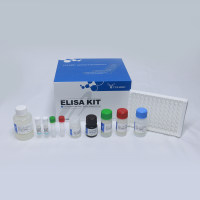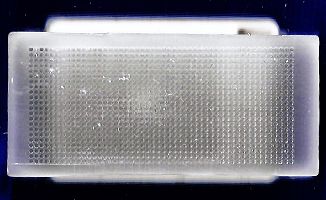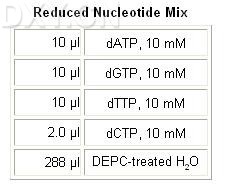Detection of Microsatellite Instability and Loss of Heterozygosity Using DNA Extracted from Formalin-Fixed Paraffin-Embedded Tumor Material by Fluores
互联网
414
Microsatellites are widely distributed highly repetitive DNA sequences composed of di-, tri-, or tetranucleotide repeats (1 ). They are spread over the whole human genome and are located between and within genes. Physiologically, they exhibit high levels of polymorphism, relative to different chromosomal loci, and within different individuals, different microsatellite lengths can even be noted between two alleles of the same gene (1 ). Although the role of microsatellites in the genome and their evolutionary mechanisms are still incompletely understood, they are widely used tools in genetic mapping studies and as markers for prediction of disease (2 ,3 ).










